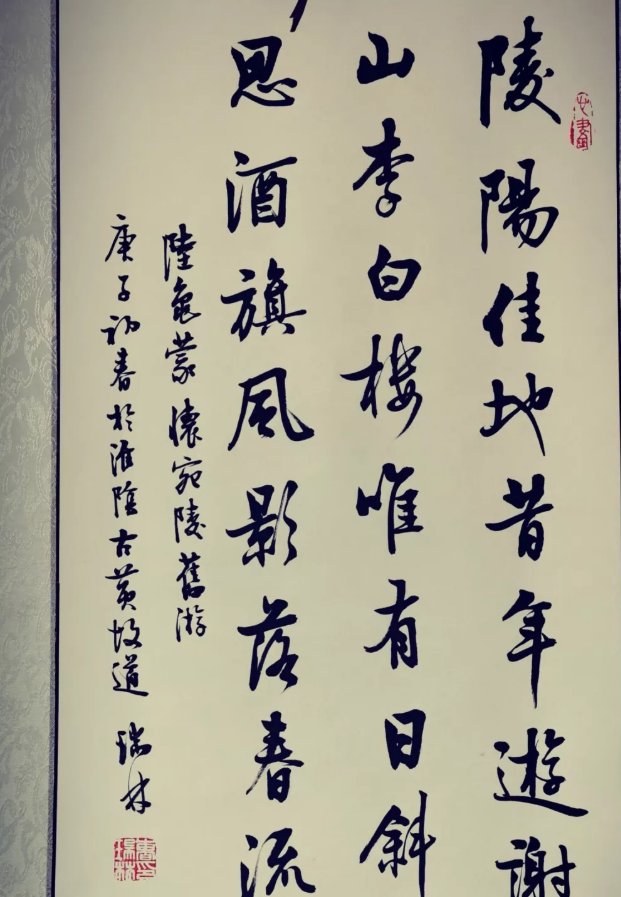Basic knowledge of calligraphy
There is a lot of basic knowledge for getting started with calligraphy. Common ones include: inscription of the upper part of a calligraphy work, learning basic theoretical knowledge, inscription rules and methods of the lower part, etc.; all contents of the upper part need to pay attention to the name, title, modest words, etc.; Calligraphy works written to different people have different inscriptions; the content of the next paragraph includes four parts: time, place, name (number word) and modest words; you also need to pay attention to the use of elegant titles.

1. The inscription of the previous paragraph
The inscription of the first paragraph of a calligraphy work. The entire content of the above paragraph: name + title + modest words. The above paragraph means that someone or a certain unit has asked you to write. After completing the work, the name of the requester should be written in the higher position of the previous paragraph. Calligraphy works written to elders usually have different inscriptions depending on their age. If the elder is over seventy years old, he can be called Lao; if he is over eighty years old, he can be called Weng. Then there are: comrade, sir, Fang family, teacher. Works written by peers are generally called comrades, classmates, book friends, school friends, elder brothers, dear brothers, wise brothers, younger sisters, etc. After the title, you can also add modest words such as "instruction", "retention", "hui cun", etc. In calligraphy written for juniors, the first paragraph can be inscribed with student, virtuous wife, virtuous nephew, beloved grandson, beloved daughter, etc. There are relatively few etiquette requirements.
2. Basic knowledge of calligraphy
The basics of introductory calligraphy also include learning basic theoretical knowledge, which will help you digest it better in further study in the future. The classic sayings provided by calligraphy celebrities from past dynasties who have certain attainments in the art of calligraphy provide a shortcut for beginners to get started. These famous sentences are worth savoring and studying repeatedly. During the study, I learned: Sun Guoting's beginner's distribution, but strive for fairness; learn Xiang Mu's three commandments of calligraphy, abstain from uneven knowledge of rules, abstain from inactivity and stagnation, and abstain from craziness and vulgarity; learn Wang Xizhi's distinction between White cloth, natural and stable, evenly distributed stipples, dense and dense, the two characters are integrated into one, the weight should not be long, and the single should not be small; when learning Yan Zhenqing's calligraphy, anticipate the character shape first, and arrange it to make it stable, or it may be unexpectedly formed, making it different. momentum; Ouyang Xun's first general outline and horizontal and vertical placement; Jiang He's three kinds of cloth and white; and Xiang Mu, Zhang Huaijin, Mrs. Wei and other famous calligraphers are worthy of repeated study.
3. Contents of next payment
The content of the next paragraph includes four parts: time, place, name (number), and Qianci. The inscription time of the work is the lunar time, and the traditional elegant names are used. The years are A, B, C, Ding, Wu, Ji, Geng, Xin, Ren and Gui. The twelve earthly branches are , Wei, Shen, You, Xu and Hai. Other names for seasons include Yangchun, Fangchun, Midsummer, Midsummer, Golden Autumn, Late Autumn, Late Winter, Jiudong and so on. There are also many nicknames for months. When writing the title, it is also necessary to use an elegant name instead of a common name when specifying the place where it is written.








